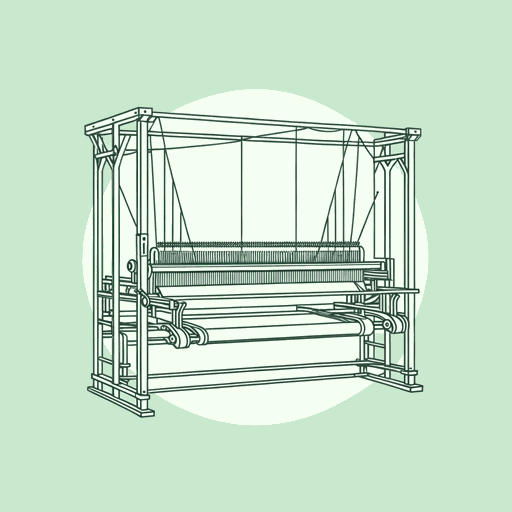109 pages • 3 hours read
Katherine PatersonLyddie
Fiction | Novel | Middle Grade | Published in 1991A modern alternative to SparkNotes and CliffsNotes, SuperSummary offers high-quality Study Guides with detailed chapter summaries and analysis of major themes, characters, and more. For select classroom titles, we also provide Teaching Guides with discussion and quiz questions to prompt student engagement.
Background
Historical Context: Labor Force in the Lowell Textile Mills in the 19th Century
In the 1820s, the first major textile manufacturing companies built and began operating their mills along the Merrimack River in Lowell. The city, barely incorporated, need to source employees to staff these new corporations, and there were hundreds of positions to offer children and young adults. The mills began recruiting young people from farm communities throughout New England; many farms were failing just like Lyddie’s, and there were children and families in need of money. The mill owners were aware that many of the young people coming to work would have no connections in town and nowhere to stay, so they built boardinghouses, which they owned and ran, providing a place for their laborers to live that was safe and provided all the necessary amenities. At the same time, the boardinghouses gave them control over the personal lives of their employees through mandates like church attendance, curfews, and rigid parameters for expected behavior. Employees also paid the boardinghouses for the privilege of staying there, which was reflected in their wages. Lowell became the largest producer of cotton textiles in the United States, holding that position for several decades.
Increasing demands on laborers and falling wages inspired many employees to join labor associations to effect change, but they faced difficulty in an economic climate that allowed the factories to employ workers at will and dismiss them for any reason.
Related Titles
By Katherine Paterson

Bread and Roses, Too
Katherine Paterson

Bridge To Terabithia
Katherine Paterson

Jacob Have I Loved
Katherine Paterson

Of Nightingales That Weep
Katherine Paterson

The Great Gilly Hopkins
Katherine Paterson

The Master Puppeteer
Katherine Paterson

